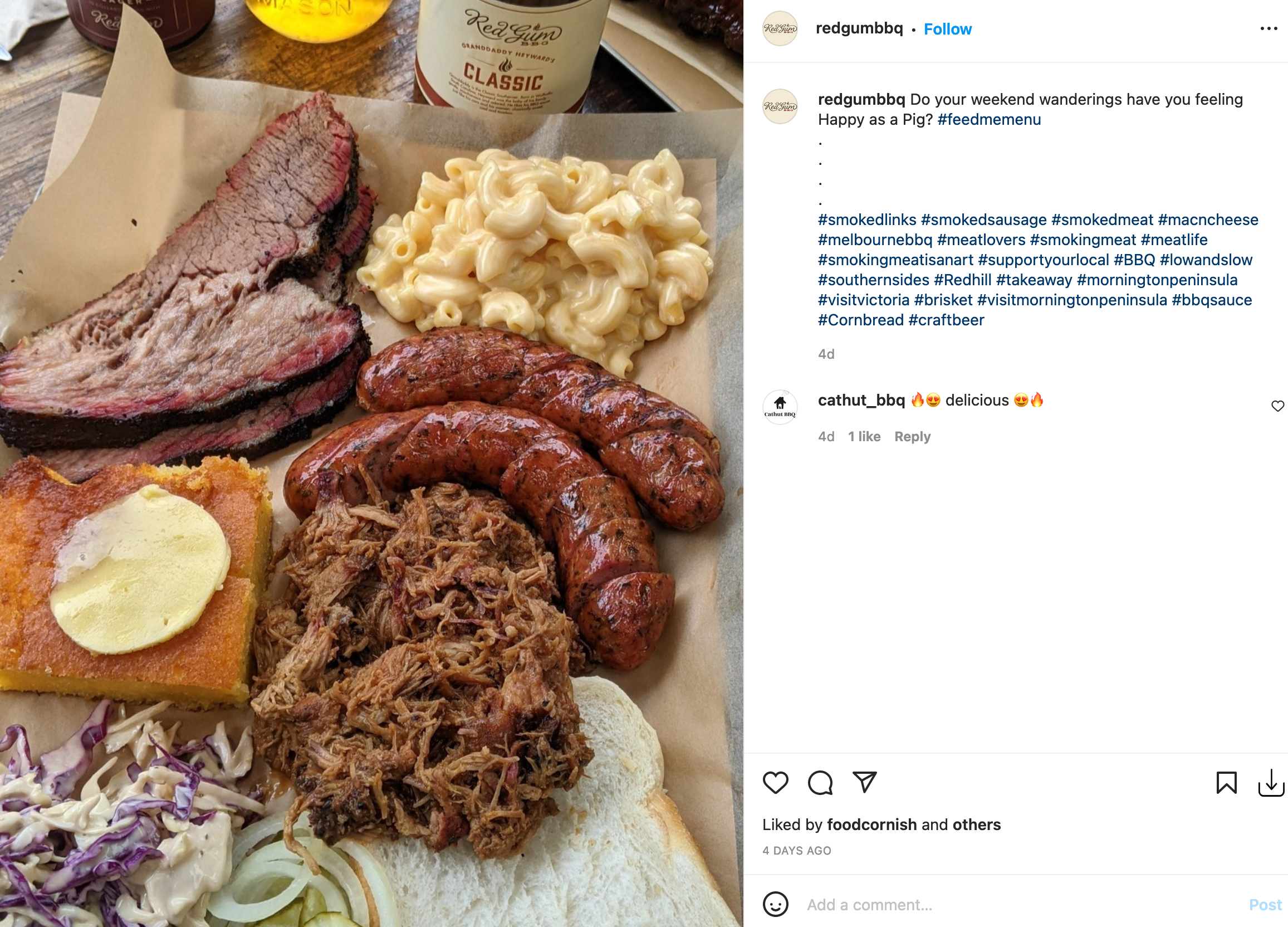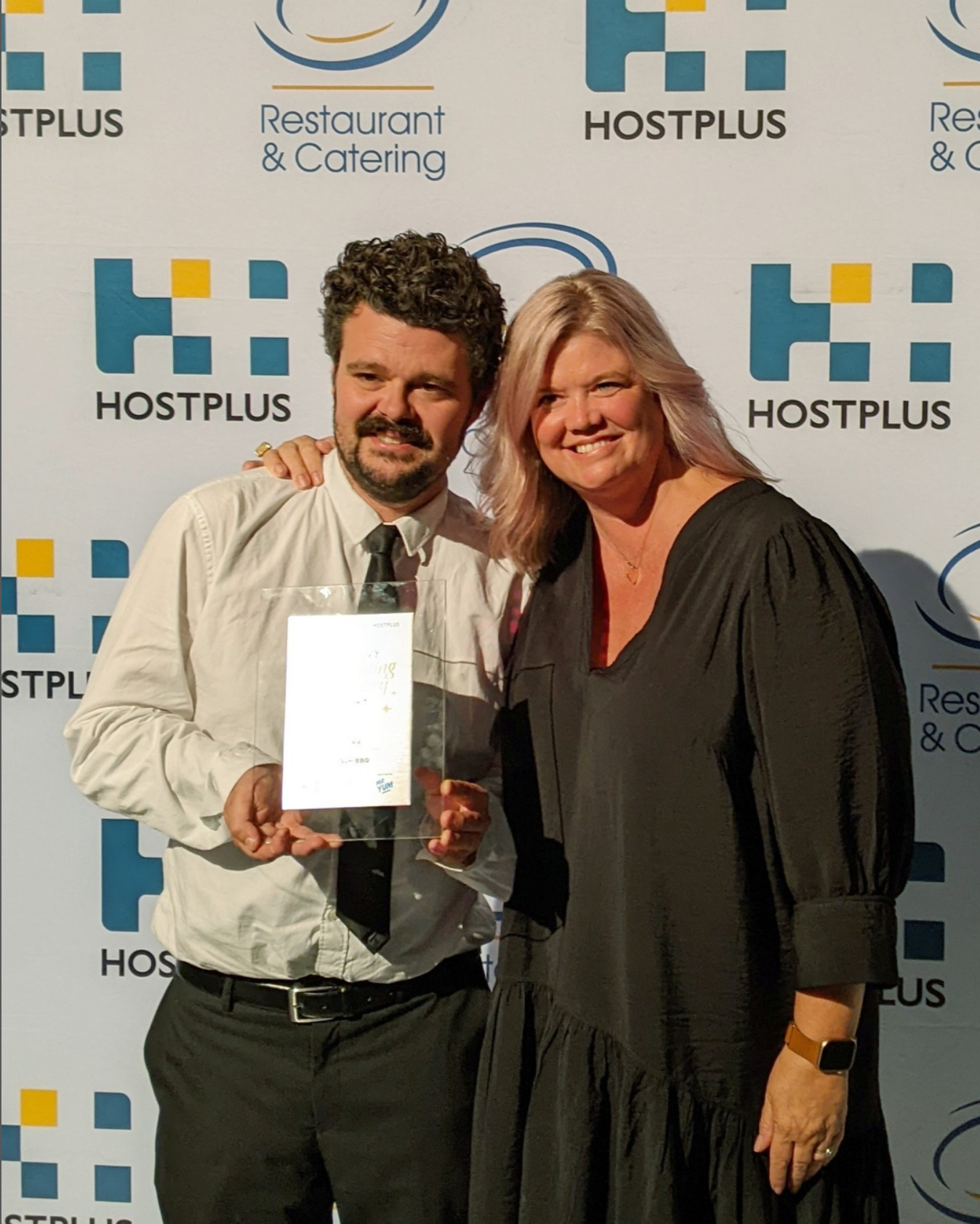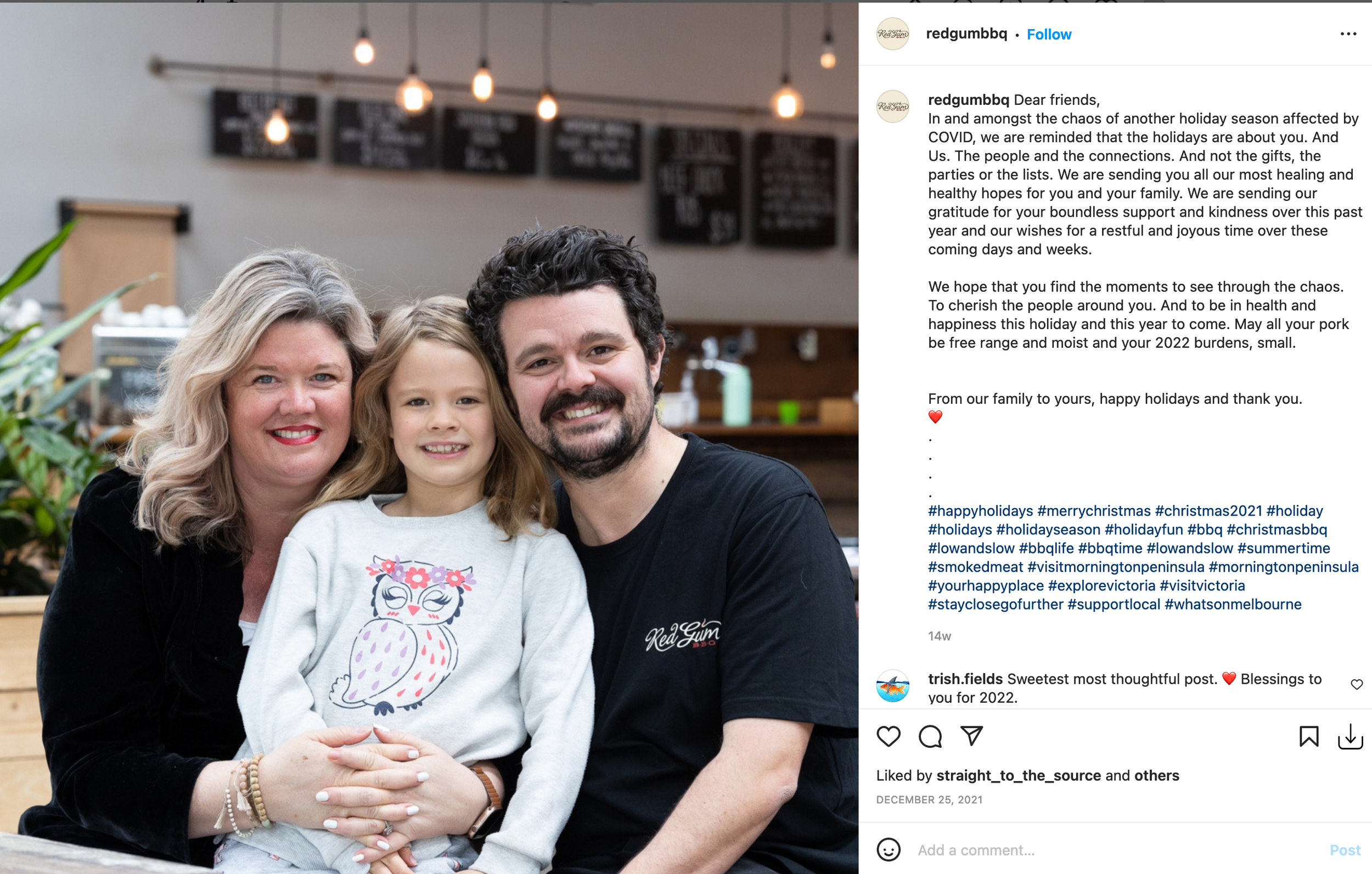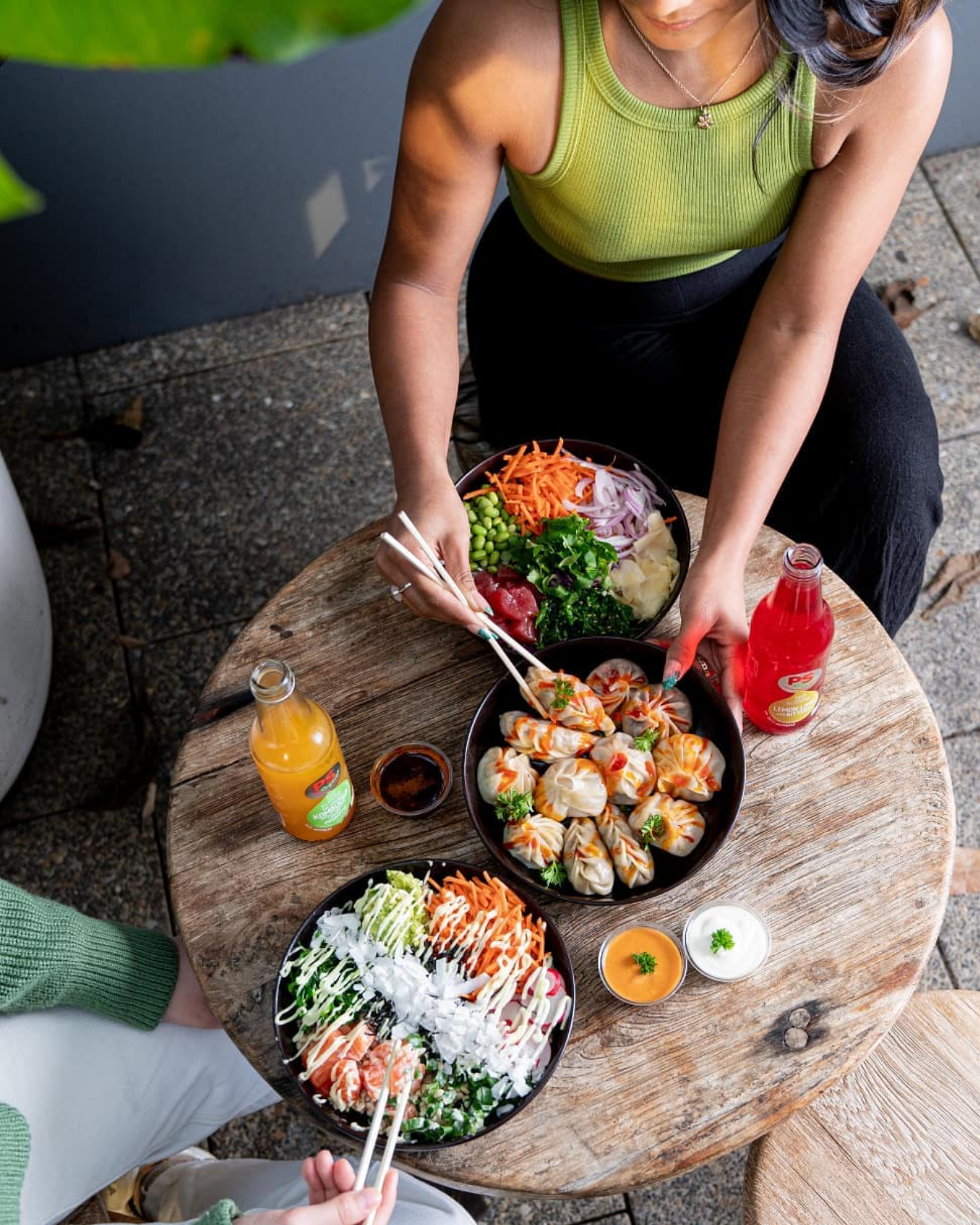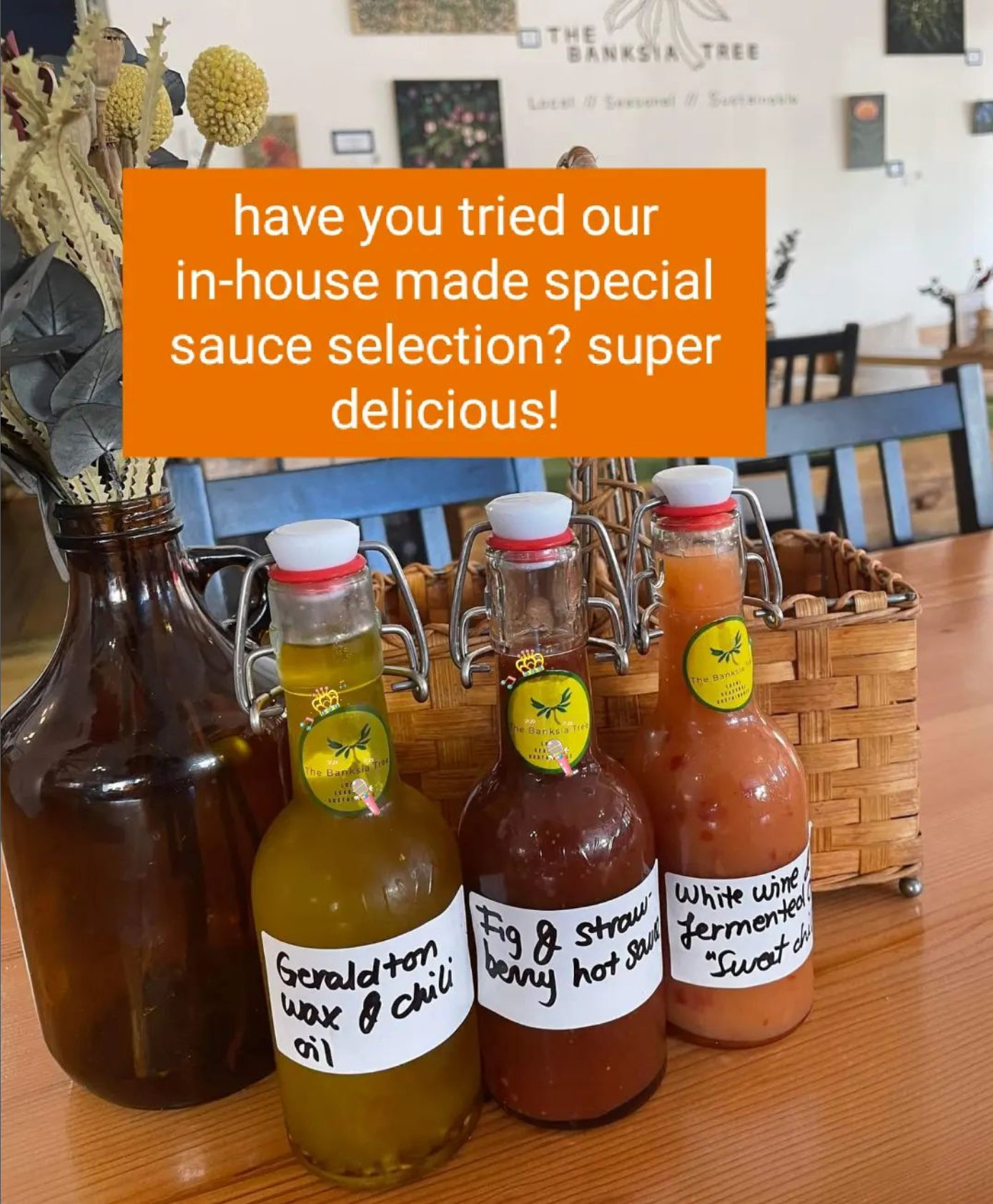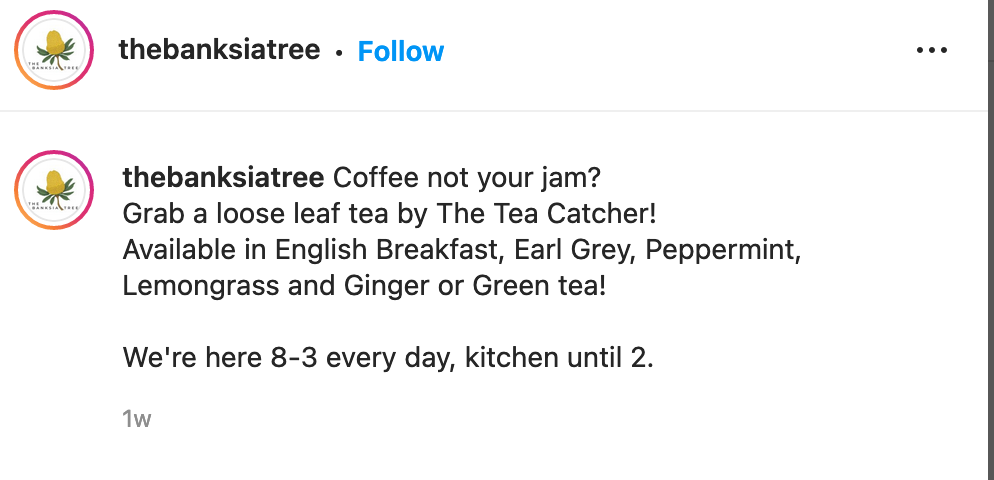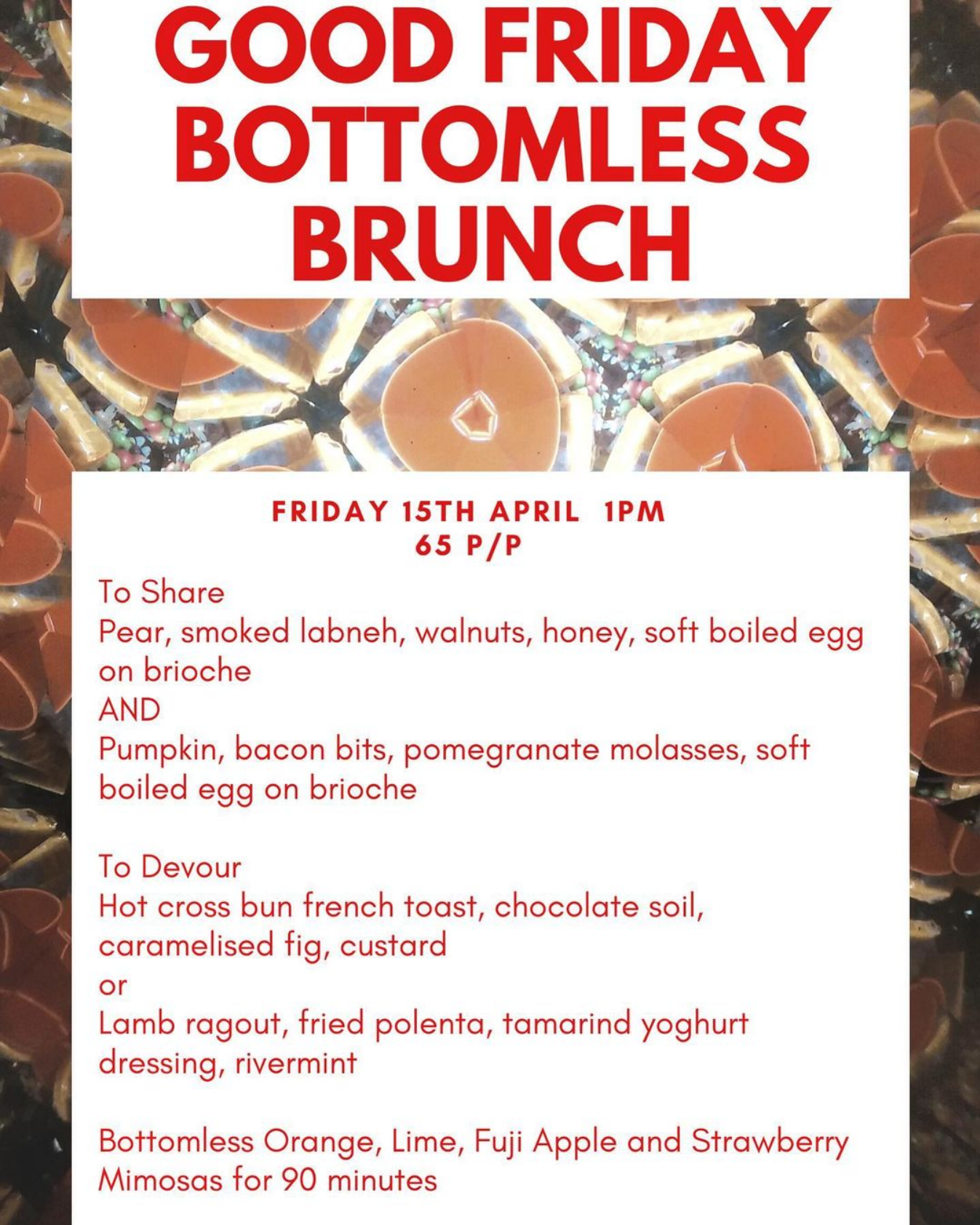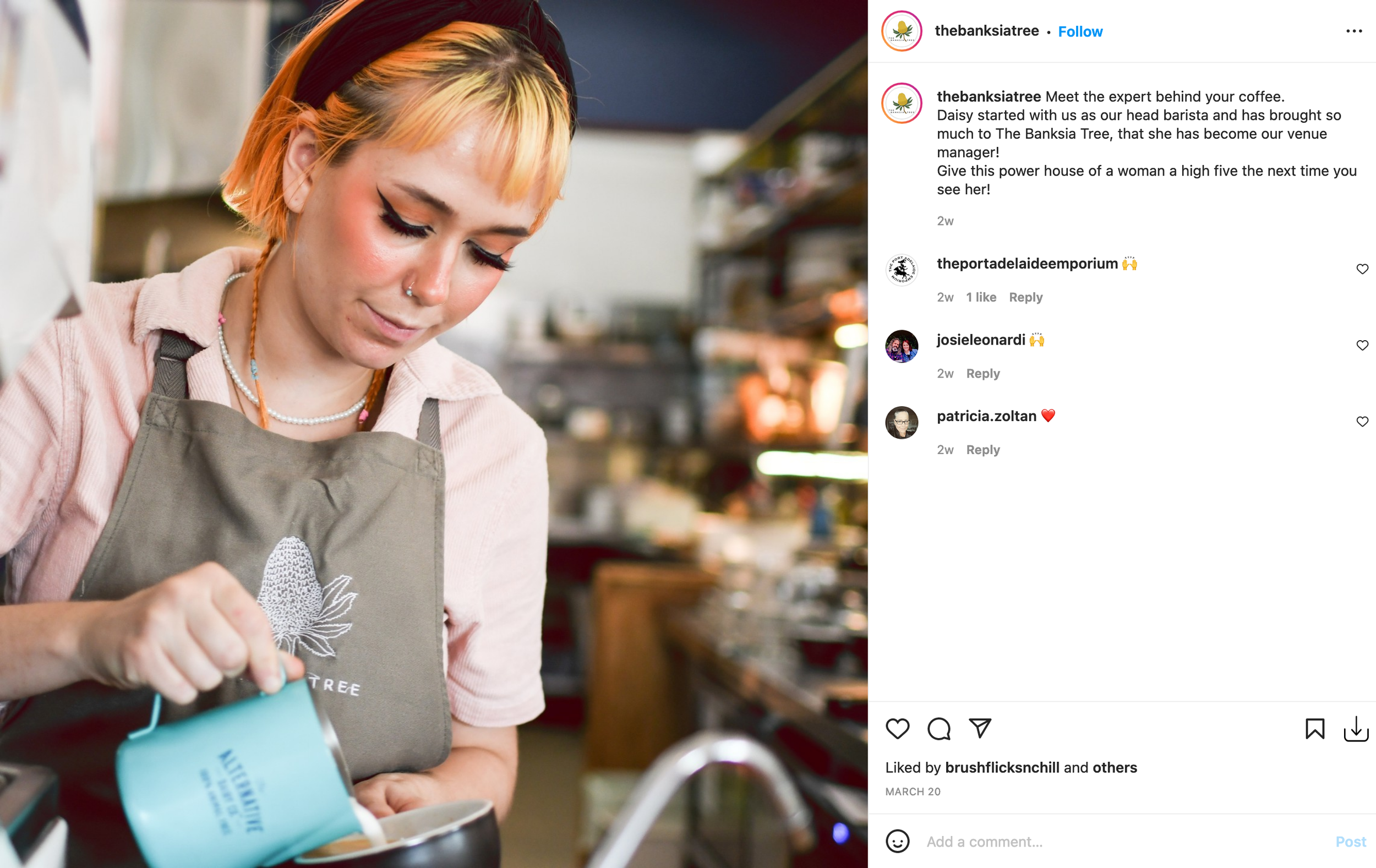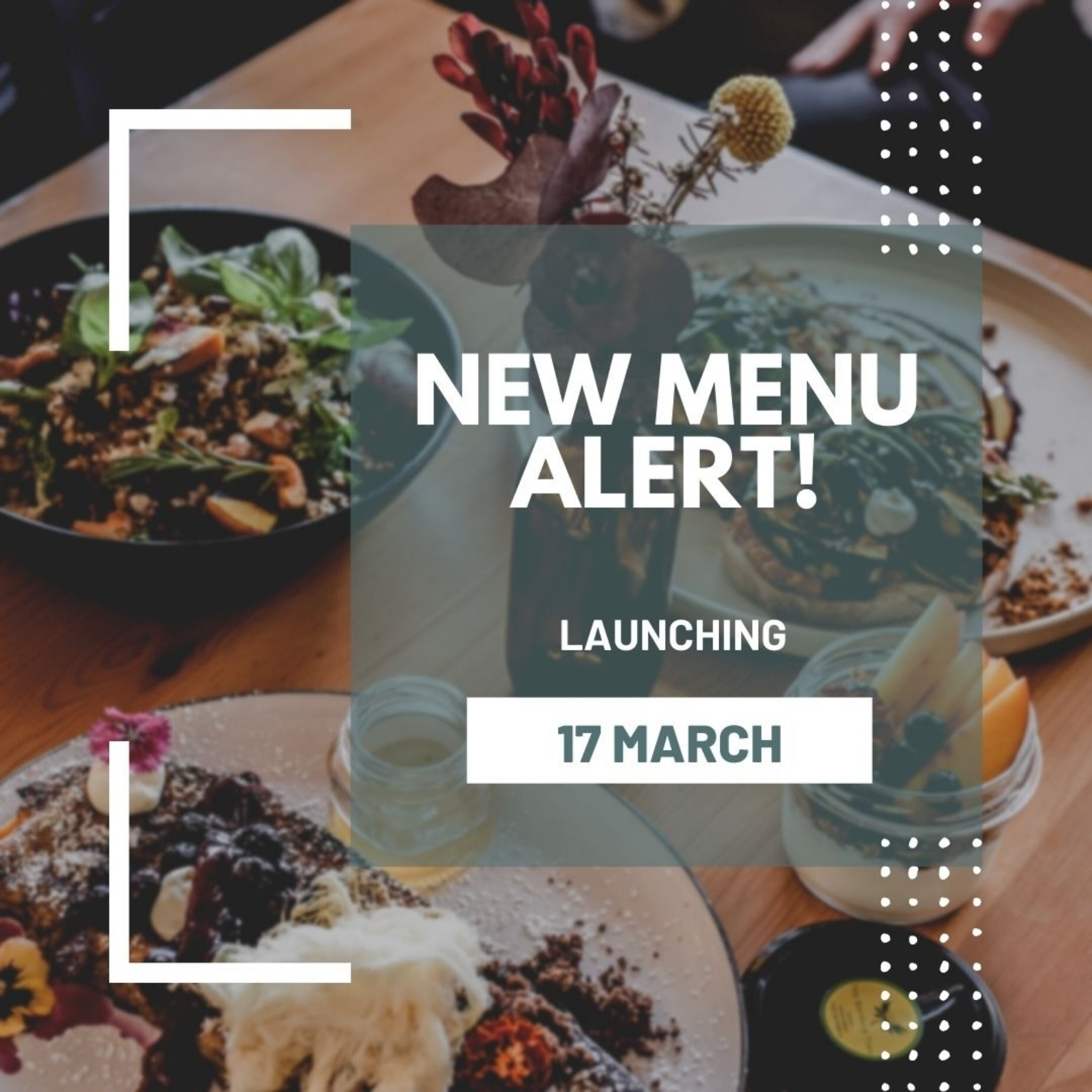INSIDE FOODSERVICE
Social media in Foodservice
More than 75 per cent of Australians are engaged in some form of social media, the majority via handheld devices such as mobiles and tablets. Social platforms provide the opportunity to interact directly with your customers and can be used both to build brand awareness and encourage product trial via ‘calls to action’.
The key ingredient for success of any social media marketing is customer engagement, generated by building a rapport with your audience via communicating with them on a regular basis – hence the need for ongoing content generation.
To demonstrate how effective social media can be for foodservice – predominantly via Instagram, Facebook and Google My Business reviews – we spoke to three keen proponents for whom it has played a pivotal role in the success of their foodservice operations.
Communicating from a personal perspective
Melissa Goffin runs Red Gum BBQ, a restaurant in Red Hill on Melbourne’s Mornington Peninsula. It started as a market-roaming pop-up business in 2013, moving to a permanent location in 2017. “We’ve always had a lot of focus on social media from the early days,” Melissa reports. “We started the socials in 2013 have built a really strong community and following both through the restaurant and in the virtual space.
One of the decisions Melissa made early on in was to communicate from a personal perspective. “I wanted to create that connection between our community and what we were doing, and take people on the journey with us of establishing and growing our business and some of the complications we ran into, as well as celebrating our successes.
“Authenticity is one of our core values and that comes through on our socials”
“We have a really honest and transparent approach and I think that’s been one of the driving factors of success in creating our connection between ourselves and our audience. We use a lot of language that is very personal and frank – ‘we had a really hard week’ or ‘I had a really hard week’ or ‘this is what we're experiencing at the moment’ or ‘this is how we're struggling with this thing’. We strive to be honest and playful and authentic – authenticity is one of our core values and that comes through on our socials.”
Melissa blogs regularly about the business’ travails on social media: “Everything from how our rising food costs mean we’ve had to increase our prices, to shutting down for Covid and how it affected our business, to staff and purchasing. We talk about why we make the decisions we do as a business and how those are sometimes hard and wrong and sometimes good and we're proud of them. But we purposefully utilise that tone and that language and those topics. We hope the socials don’t come across as too salesy – they've certainly got a function in that capacity, but I think for us they are equal parts selling our products and services and brand, and telling our story and connecting us with our community.
“I also believe we have a responsibility as a business to communicate about the things that matter, to be honest and transparent about our ethics, what we do and why. And I think we make decisions as a business first and foremost about what we think is right and secondly what we think makes commercial business sense. And I think a lot of business are afraid to do that – they might look at who I am going to upset, and what section of the market am I going to disconnect from? But we think it more strongly aligns our people with us.”
Social media as part of a broader strategy
Damien Dellala of Momo Bar, which operates two venues in Manly and Dee Why on Sydney’s Northern Beaches, started the business off as a pop-up shop prototype, then utilised social media to build a business case via 50 consecutive five-star reviews in Google My business within three months. “That was both commercial and market validation, so we were able to mortgage the house and scale up the business,” he explains.
“I think social media has to be part of an overall customer acquisition, retention and listening strategy,” Damien says. “I have a background in digital analytics, I was in financial services for 20 years before I jumped ship to hospitality, so I bring a knowledge of that to the business.
“Certainly social media was pivotal in assessing our viability in the early days and we actually ended up with something quite special that you couldn’t get from most marketing agencies or social media agencies. I did it all myself and I just used what is called UGC – user generated content, taking screenshots of other people’s posts, putting them up and thanking them – even though I didn’t realise that’s what it was at the time. I didn’t use any fancy hashtags or anything like that. We've now got about 6000 followers on each platform – Facebook, Instagram, Google My Business, and now Tik Tok coming through as well.
“The biggest challenge with social media is the attribution – you don’t really know how many people are liking, clicking and then coming in to your business”
“In the early days we had influencers coming to Momo Bar and it actually became cool to have your photo taken there. If you look at our early social feeds we had famous surfers like Kelly Slater and Alana Blanchard coming through, and we’ve since had many attractive Instagrammers coming on board as loyal followers. We had an organic user generated feed – it wasn't scripted, no palette, no stylesheet, just me hacking it – really earthy, really organic and just worked. I think it was the authenticity and off the cuffness of it that made it work.”
DamiEn (R) with CHAMPION SURFER Kelly Slater
Damien then started utilising Facebook ads for targeting marketing – “more often than not we got a 20 per cent click-through rate. But the biggest challenge with social media is the attribution – you don’t really know how many people are liking, clicking and then coming in to your business, so there’s no attribution to your marketing spend. But you know intuitively you have to be in that space – you have to be where your customers are and we know they're on Facebook and Instagram. We turned over $2m in our first year and social media was pivotal in doing that. We've never paid for followers, they’re all organic.
“We’ve now launched our own app and put all our food on it so customers can click through from Facebook and Instagram to place orders. That allows us to know who our customers are and combined with social media and targeted marketing gives you best in class marketing insights – what they eat, how often they eat, what they might want next. If I circle back to the attribution issue, we now can understand the cost and benefit of every single post. We use social media as a platform to drive acquisition and adoption of customers to the app and in one year we got 6000 followers. We have that number of followers on social media as well so your intuition tells you there’s a very high crossover.”
Covid marketing strategy delivered via social media
Fabian Folghera of The Banksia Tree in Adelaide, which will be three years old in May, has been promoting the business via social media from about three or four months in – predominantly via Facebook and Instagram along with Google My Business.
“We’ve got a very precise marketing plan as to what posts and promotions we’re going to run each month, down to what brand awareness, what type of imagery we’d like to use and so on,” Fabian says. “We have a clearly defined content calendar which identifies what type of post and when it’s going to go up and we usually schedule those about five days a week. We post every day – a minimum of once a day on Instagram and Facebook, on either platform or sometimes both, plus on Google at least once a week.
“You’ve got to be very pro-active and very adaptable”
“We do find success varies with different times and that’s always changing as the algorithms change. For a while we were actually posting about three o’clock in the morning on Instagram, simply because no one else was posting at that time, which meant those posts would get in front of more people. Instagram will tell you when more people are online, but that doesn’t necessarily mean your post is going to be seen more. It’s always changing, it’s not a set and forget thing. You’ve got to be very pro-active and very adaptable.”
Fabian won Restaurant & Catering’s 2020 Pivot Award for social media Covid marketing strategy and explains how that came about: “In early February of 2020, I had a lot of friends in Canada and the UK who work in hospitality and they were saying this Covid thing is happening, we’re going into lockdown where we’re not allowed to serve food, so be careful because if it comes to Australia you’ll be in the same situation. So I looked into it a bit and it was clear the rest of the world was more concerned about it than we were. I think it was just coincidence that at the same time I was working on a disaster contingency plan and what came out of that was the need to display leadership – so we did a post along the lines of ‘Covid is coming, it’s going to cause a lot of uncertainty, and here’s how we plan to keep our doors open and retain some sense of normality for the community and stay safe’.
“At the time it was met with a little bit of ‘what the hell is going on, there’s no Covid here’ especially from my staff, but within 24 hours that post had gained three to four hundred likes and a lot of shares. And there were a lot of other hospitality businesses in Australia either copying it, rewording it slightly or starting to post something similar.
“A lot of places closed and were silent on social media, but we did the opposite”
“From that point we knew we would probably have to close and also that we would start to see food shortages not just in foodservice but in retail. Here at the cafe I have a different supply chain from the supermarket, my distributors supply me with toilet paper and pasta and rice but they don’t supply to the supermarket. So I thought I could sell grocery packs – maybe there’s people who won’t be able to get their supplies from the supermarket, so I can deliver to them. That made sense especially given I wouldn’t have anything else to do because I wouldn’t be cooking in the kitchen if we were shut down. We used social media to set this up – I’d put up a post and if it did well then it made sense to put a bit of money behind it. That generated quite a lot of interest – I had local radio ring me, I spoke to someone at Austereo, and the Advertiser newspaper came in and ran a few articles.
“It’s funny now to look back now because in those early days here in SA we didn’t have that many Covid cases – we had that first six weeks of lockdown which were pretty difficult, pretty touch and go, and people then were willing to support everyone who was willing to put in a bit of effort. A lot of places closed and were silent on social media, but we did the opposite – we ramped up everything we were doing, we did anything we could to make our business stronger and find out what does the community need, what do they want to connect with? And we broadcast that through social media, so when we reopened we doubled our revenue. And since then we’ve almost doubled it again.
“I think consistency of message was a big thing for us – we learnt that we need to really offer something to our target base that’s not just ‘hey, buy from us’. People see that everywhere and they are maybe looking for something a little bit more.”



